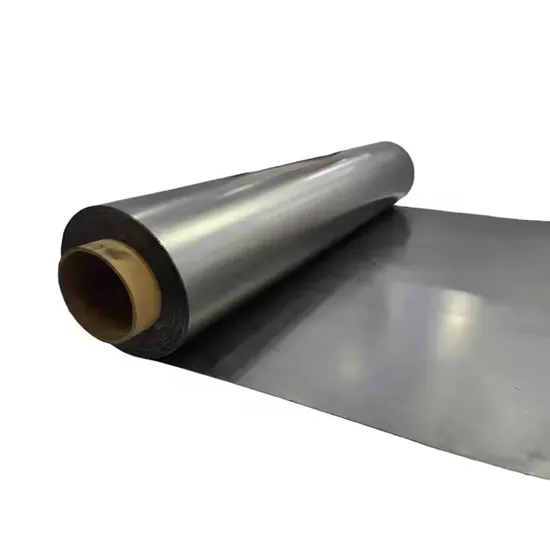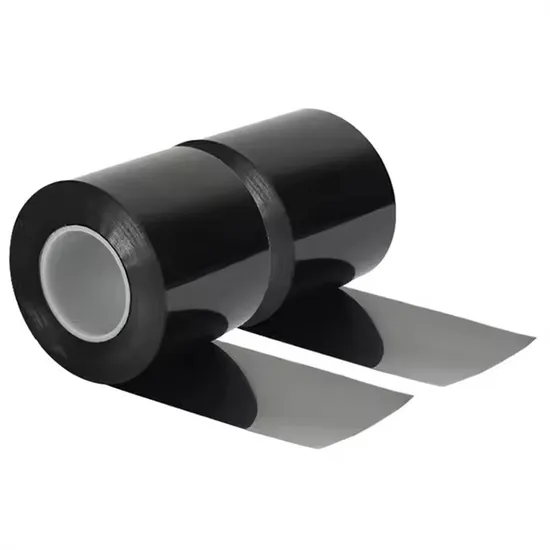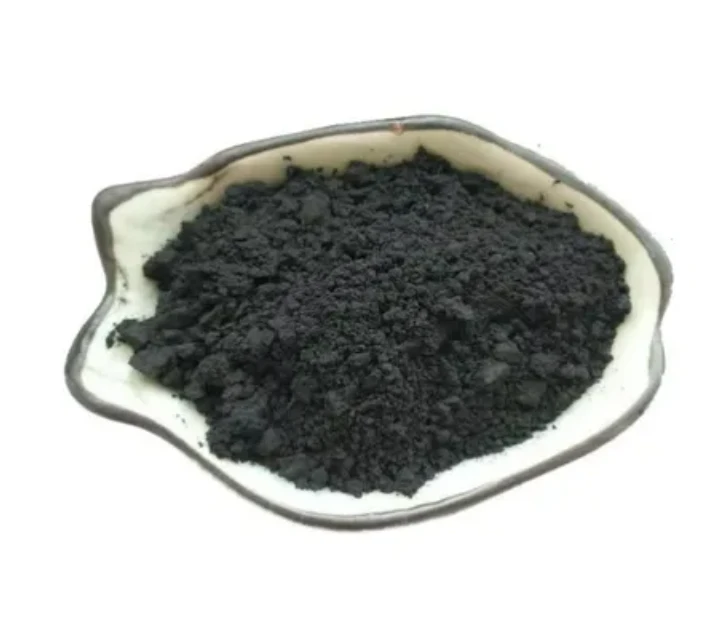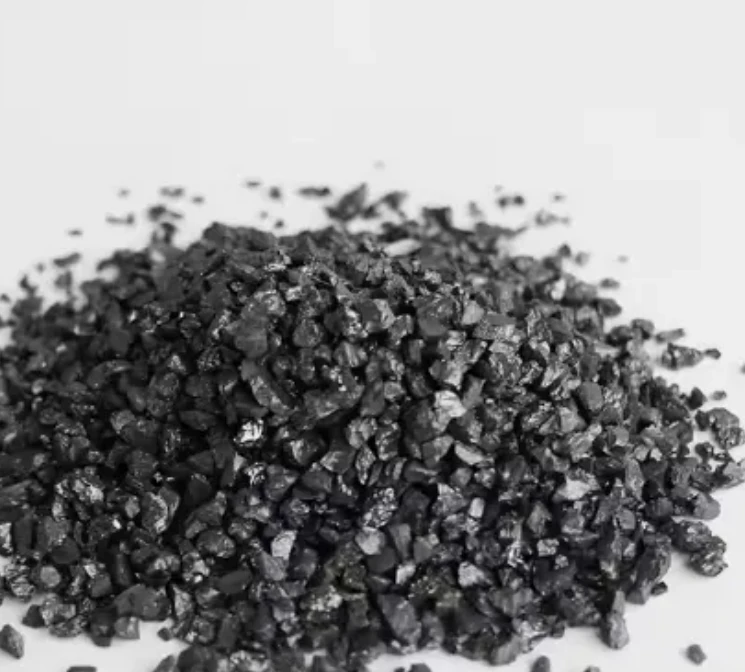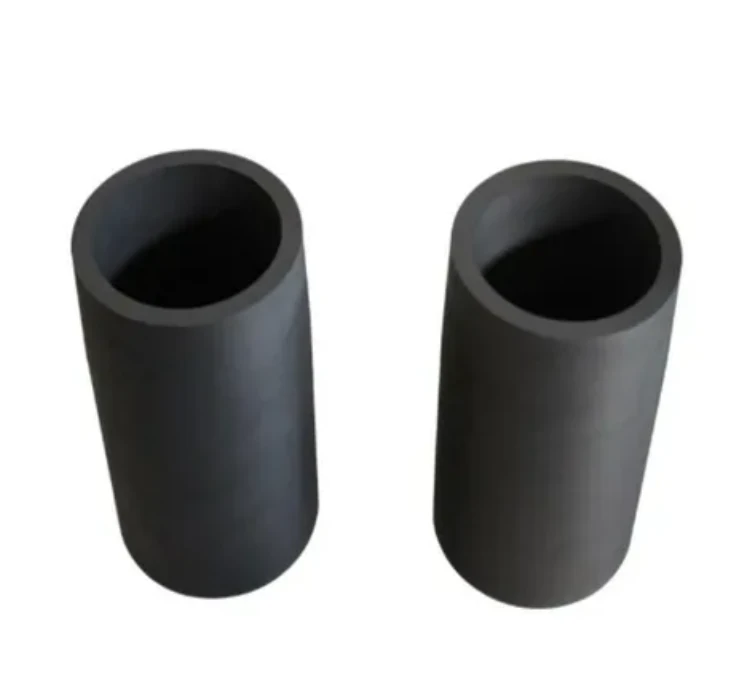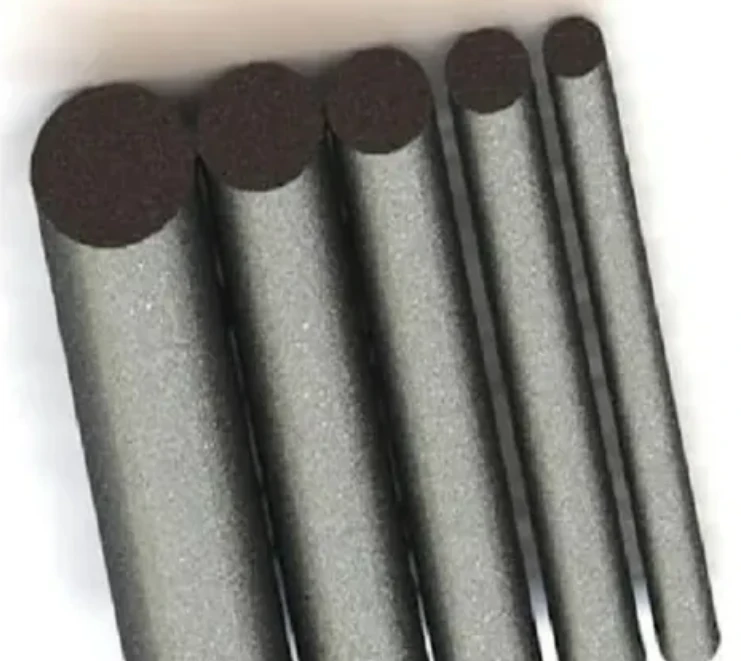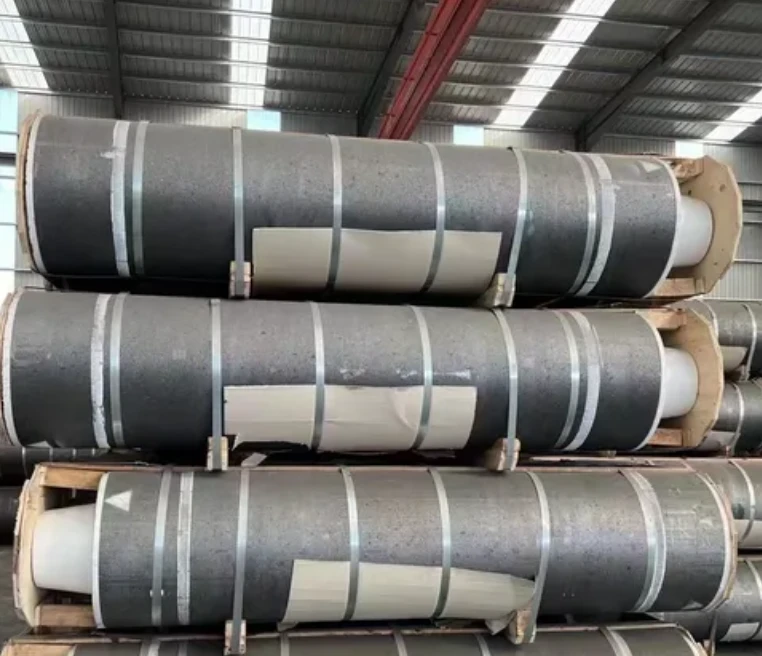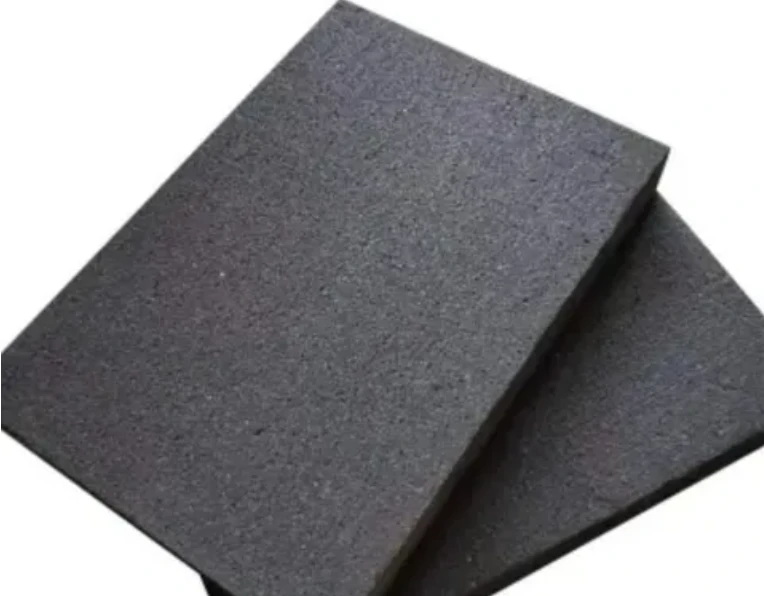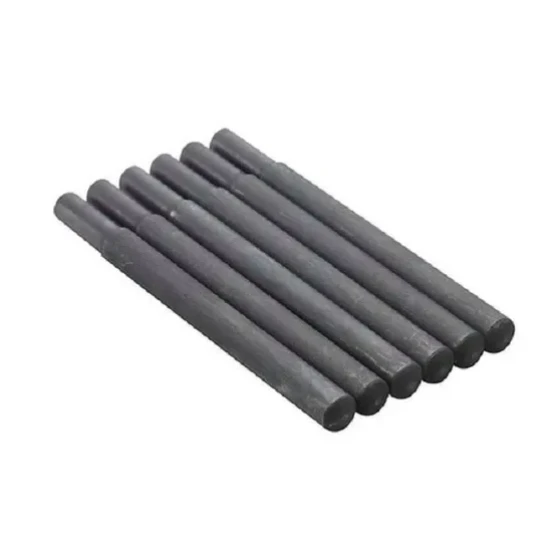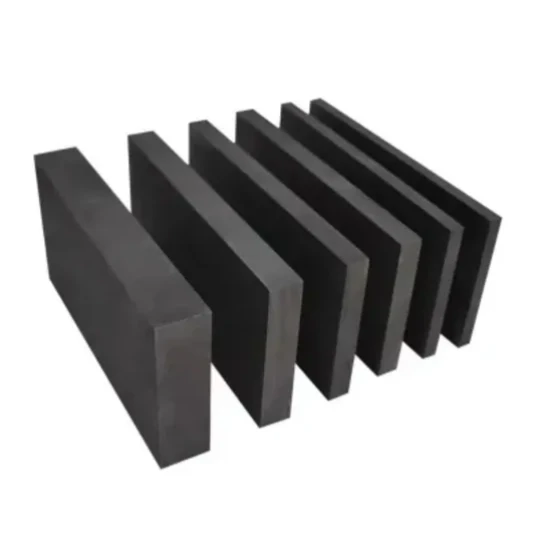- Englist



- Understanding Material Composition & Core Properties
- Technical Advantages in Conductivity & Durability
- Performance Metrics: Data-Driven Comparison
- Leading Manufacturers & Product Specifications
- Customization for Industrial Applications
- Case Studies: Aerospace vs. Automotive Use
- Future Trends in Carbon & Graphite Rod Technology

(carbon rod vs graphite rod)
Carbon Rod vs Graphite Rod: Breaking Down the Essentials
While carbon rods and graphite rods are often conflated, their atomic structures differ significantly. Carbon rods contain amorphous carbon with 85-92% purity, whereas graphite rods achieve 99% crystallinity through thermal treatment at 2,500°C+. This structural variance impacts electrical conductivity (graphite: 2.5×104 S/m vs carbon: 1.2×103 S/m) and thermal resistance thresholds. Industrial users prioritize graphite for high-temperature furnaces (1,800°C+ operations), while carbon remains cost-effective for low-stress environments.
Technical Superiority in Critical Parameters
Third-party testing reveals graphite's 58% higher flexural strength (172 MPa vs 109 MPa) and 40% lower oxidation rates at 600°C. However, carbon rods demonstrate 22% better impact resistance in sub-zero conditions, making them preferable for Arctic drilling equipment. The table below quantifies these differences:
| Parameter | Graphite Rod | Carbon Rod |
|---|---|---|
| Tensile Strength (MPa) | 89±5 | 67±8 |
| Thermal Expansion (10-6/K) | 4.5 | 7.2 |
| Density (g/cm³) | 1.75 | 1.58 |
| Cost per Linear Meter | $42-$68 | $28-$45 |
Market Leaders & Product Differentiation
Mersen and SGL Carbon dominate 73% of the global market, with proprietary innovations:
- Mersen's GraphiLOK®: 15% higher oxidation resistance through silicon carbide coating
- SGL's Sigratherm®: Ultra-fine grain structure (particle size <5μm) for EDM applications
- Toyo Tanso's CX Series: Hybrid carbon-graphite rods with 1,200°C operational limits
Application-Specific Engineering Solutions
Custom diameters (3mm to 300mm) and surface treatments address niche requirements:
- Gold-coated graphite rods for semiconductor wafer handling (resistivity <50 μΩ·cm)
- Carbon-fiber reinforced rods for UAV components (weight reduction up to 37%)
- Porous graphite variants (15-30% void volume) for fuel cell bipolar plates
Industry-Specific Implementation Examples
Boeing's 787 Dreamliner utilizes 1,200+ graphite rod actuators per aircraft, reducing hydraulic system weight by 290kg. Conversely, Tesla's battery module assembly lines employ carbon rods for precision welding jigs, achieving 0.02mm positioning accuracy across 500,000 cycles.
Carbon vs Graphite Rod Technology: What's Next?
Graphene-doped composites (patent filings up 62% YoY) promise 200% conductivity improvements. Meanwhile, recycled carbon rods from wind turbine blades (23% cost reduction) are gaining traction in EU markets. As industries demand materials balancing performance and sustainability, the carbon rod vs graphite rod
debate will increasingly hinge on circular economy metrics alongside traditional technical parameters.

(carbon rod vs graphite rod)
FAQS on carbon rod vs graphite rod
Q: What is the main difference between a carbon rod and a graphite rod?
A: Carbon rods are made from amorphous carbon, offering higher density and rigidity. Graphite rods consist of crystalline carbon with a layered structure, providing better conductivity and heat resistance.
Q: Are graphite rods more conductive than carbon rods?
A: Yes, graphite rods have higher electrical and thermal conductivity due to their layered crystalline structure. Carbon rods, being less ordered, are less efficient for conductive applications.
Q: Which is better for high-temperature applications: carbon or graphite rods?
A: Graphite rods excel in high-temperature environments due to their thermal stability and oxidation resistance. Carbon rods may degrade faster under extreme heat.
Q: Why choose a carbon rod over a graphite rod?
A: Carbon rods are typically more cost-effective and durable for mechanical applications requiring rigidity. They are preferred where conductivity is not a priority.
Q: Can graphite rods replace carbon rods in batteries?
A: Graphite rods are commonly used in batteries for their conductivity, while carbon rods are less efficient. However, specific applications may still use carbon rods for structural reasons.





 Pervious
Pervious
 Next
Next
